Cat breeding has long been a practice driven by both passion and a pursuit of beauty. However, as the aesthetic ideals shift, so too do the methods and ethics surrounding the breeding of cats. With reports of negative impacts on feline health emerging due to selective breeding for aesthetics, it becomes essential to delve into the question: Should cat breeding for aesthetics be outlawed?
The History of Cat Breeding
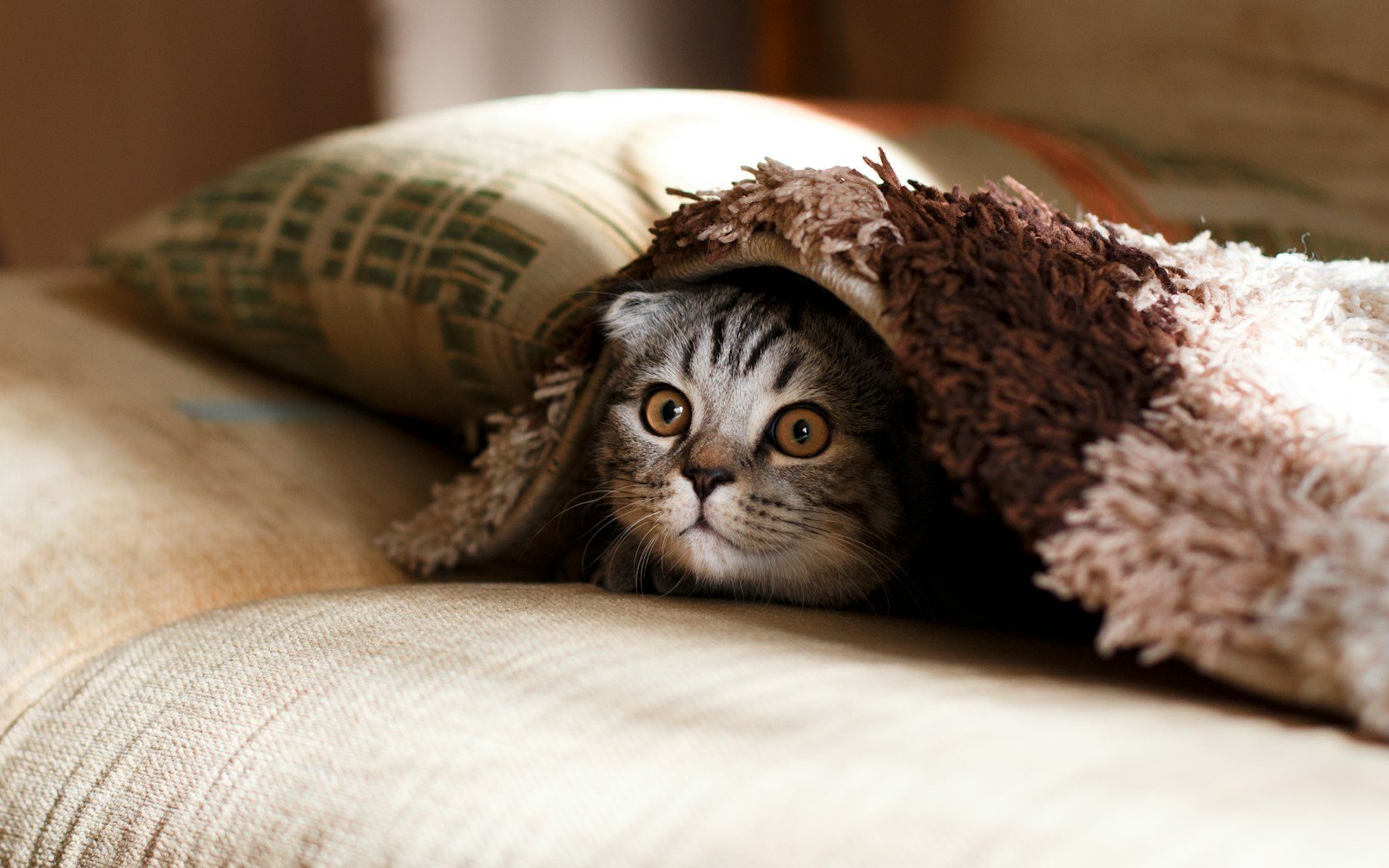
Historically, cats were bred mainly for their abilities as hunters and companions. As they became cherished house pets, breeding practices transformed to prioritize striking appearances. Evolving from a practical need to an aesthetic pursuit, cat breeding began to focus on specific traits like coat patterns, eye colors, and structural forms.
Defining Aesthetic Breeding
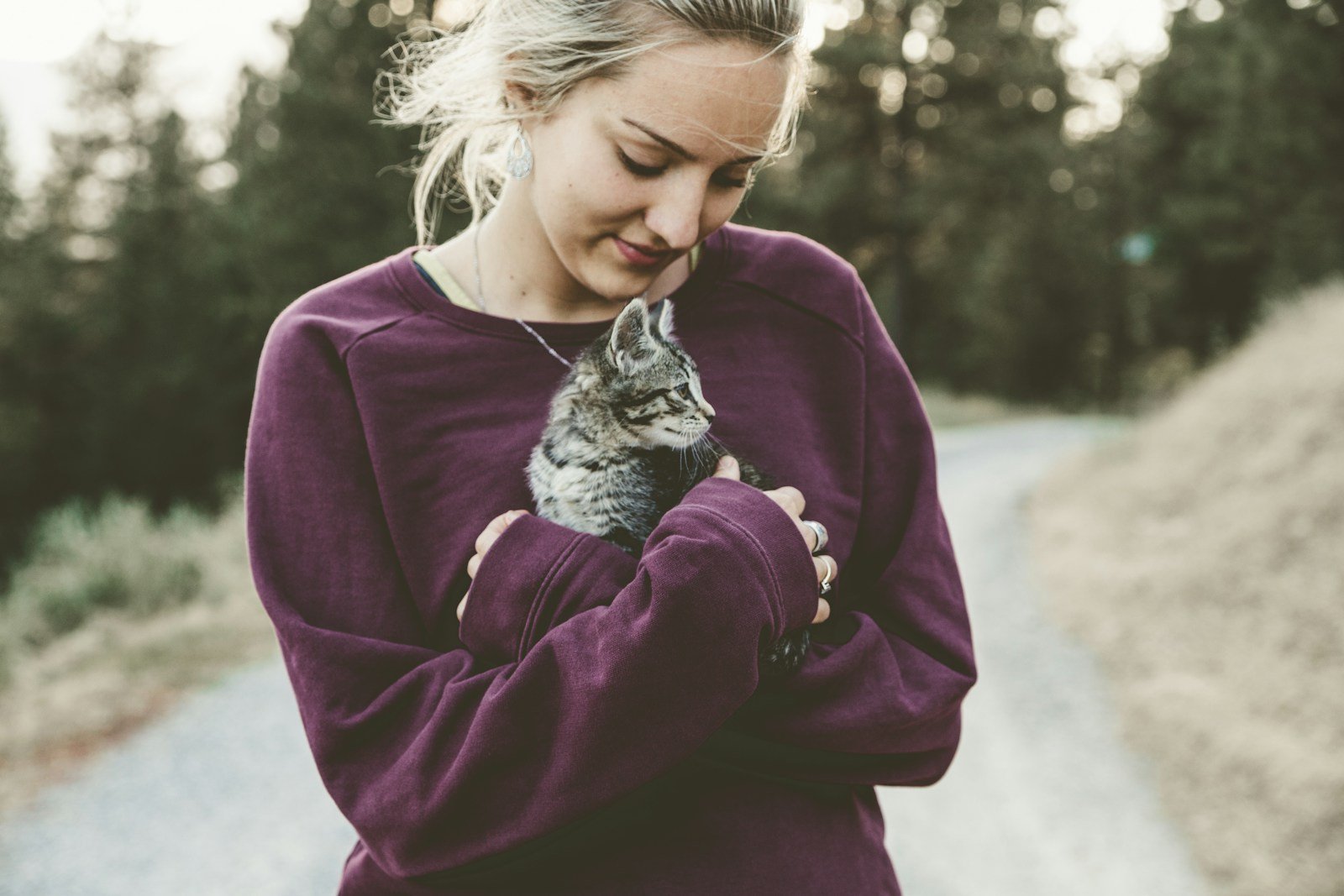
Aesthetic breeding refers to the selective mating of cats to produce offspring with specific physical traits deemed desirable. This often involves accentuating or suppressing certain features to conform to the ideal breed standards defined by cat fancier organizations. While many of these features are visually striking, there can be underlying health consequences.
The Popularity of Pedigree Cats
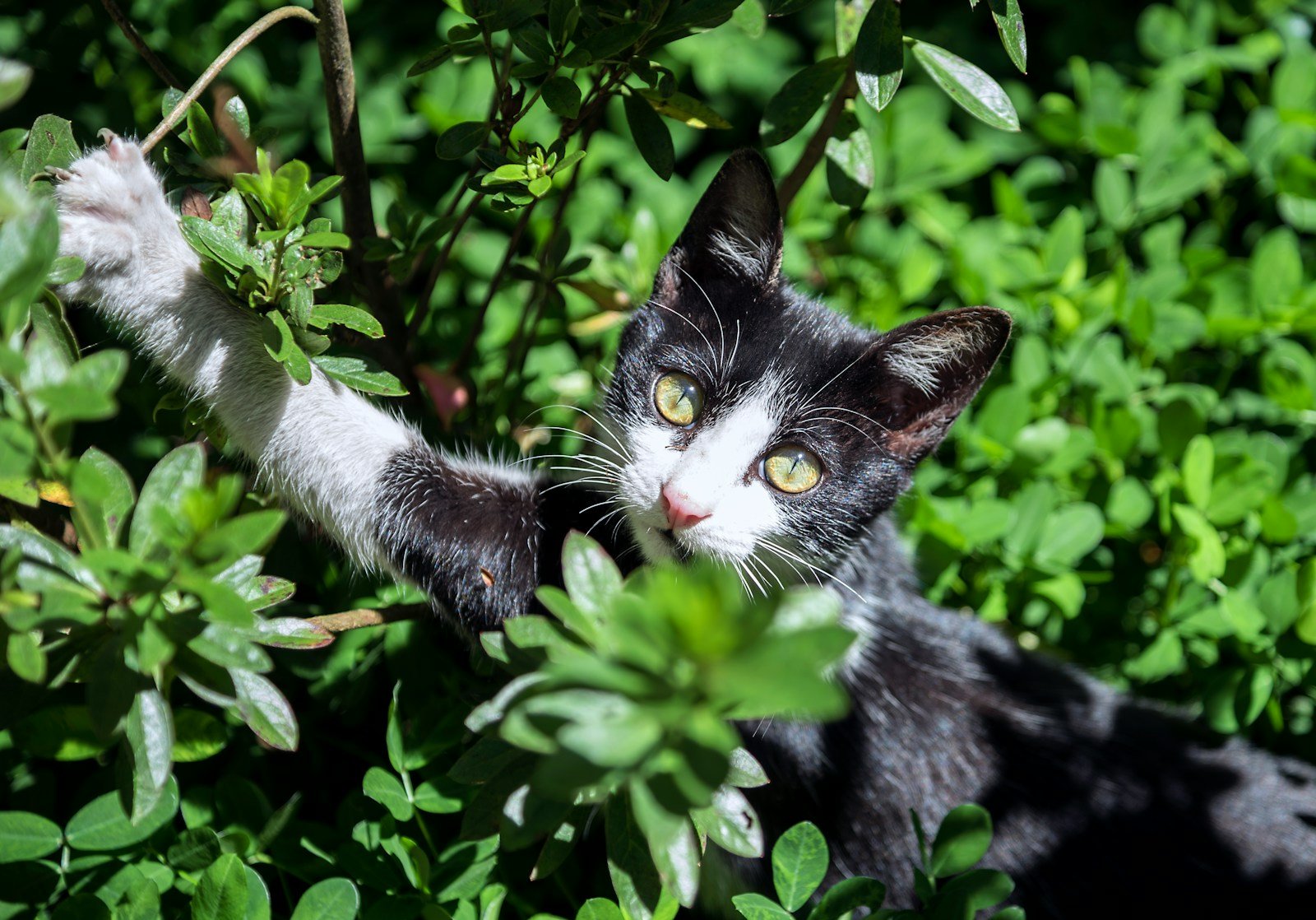
Pedigree cats with distinct and attractive features, such as the flat-faced Persian or the hairless Sphynx, have grown in popularity. These breeds are often celebrated in shows and competitions, driving demand amongst pet owners keen on unique or fashionable pets. This demand reinforces breeding for aesthetics over health or personality.
Health Implications of Aesthetic Breeding
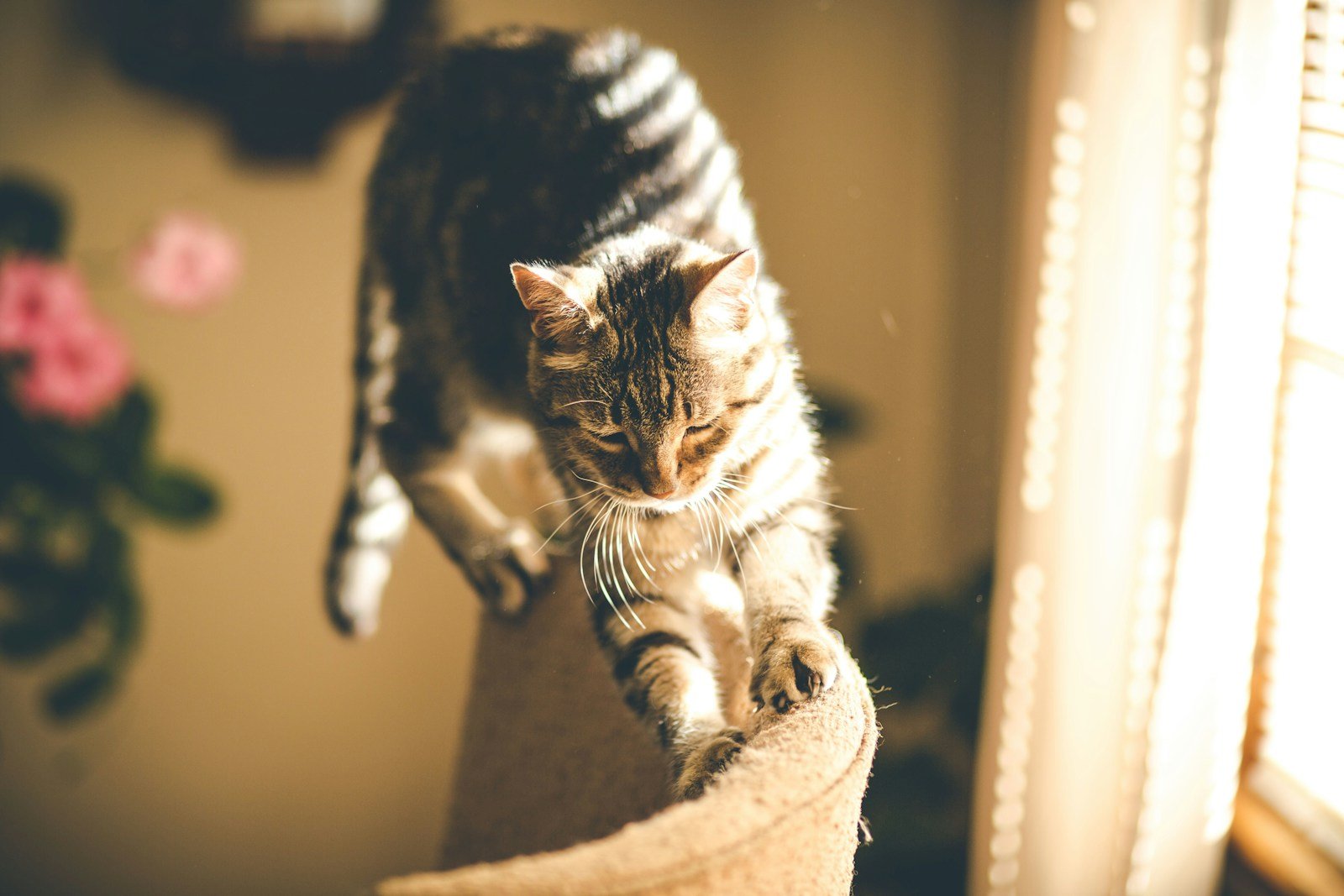
Many purebred cats face health challenges due to the genetic bottleneck produced by selective breeding. For instance, brachycephalic breeds like Persians often have respiratory issues due to their flat faces. Similarly, conditions like hypertrophic cardiomyopathy and polycystic kidney disease are more prevalent in certain breeds, raising concerns over prioritizing looks over health.
Ethical Considerations
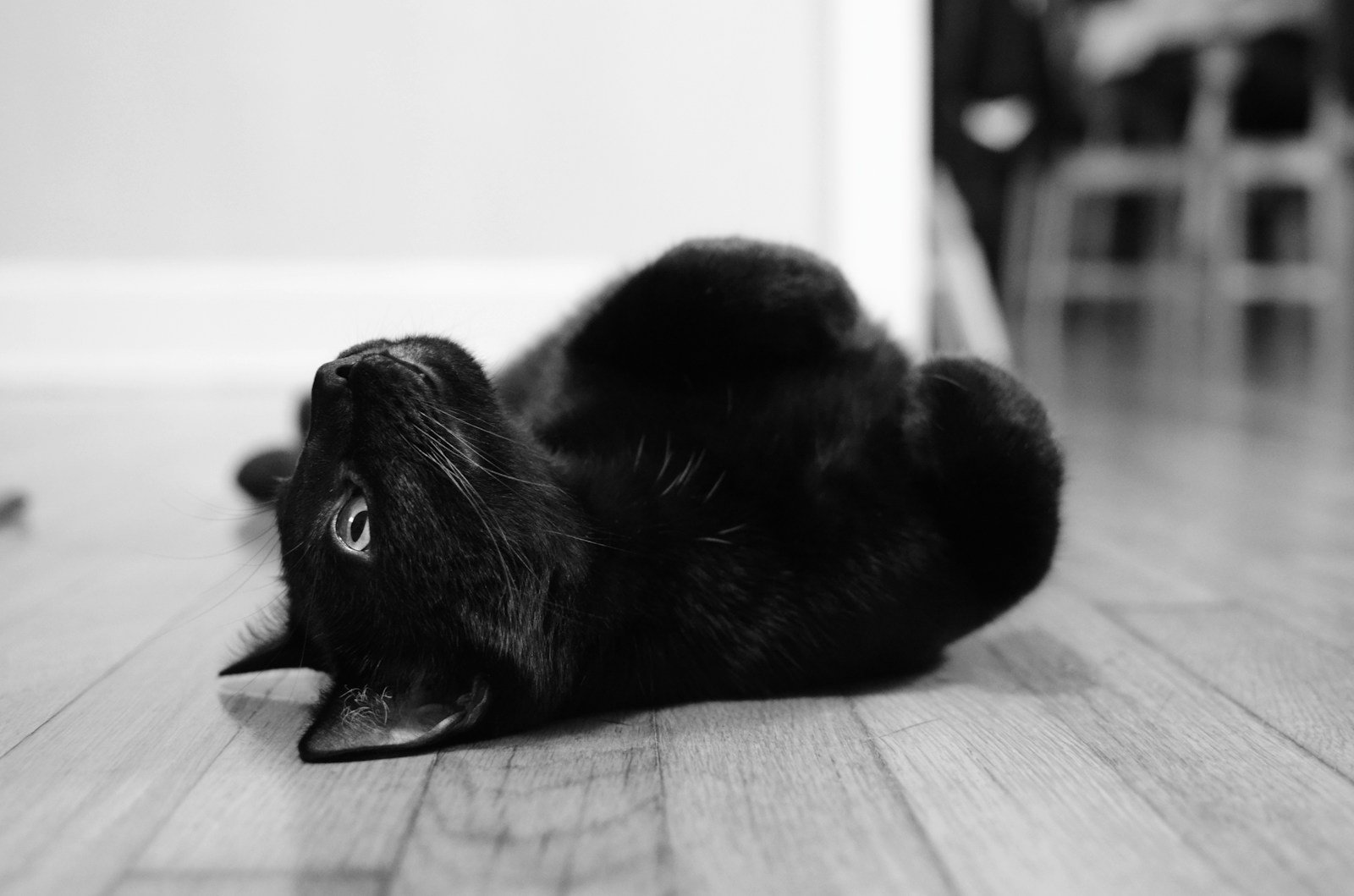
The ethics of breeding cats for aesthetics are increasingly questioned. Critics argue that breeding for appearance often neglects the well-being of the animal, subjecting them to a lifetime of health problems. Additionally, focusing on purebred aesthetics can overshadow the adoption of mixed-breed cats from shelters.
The Role of Cat Fancier Organizations
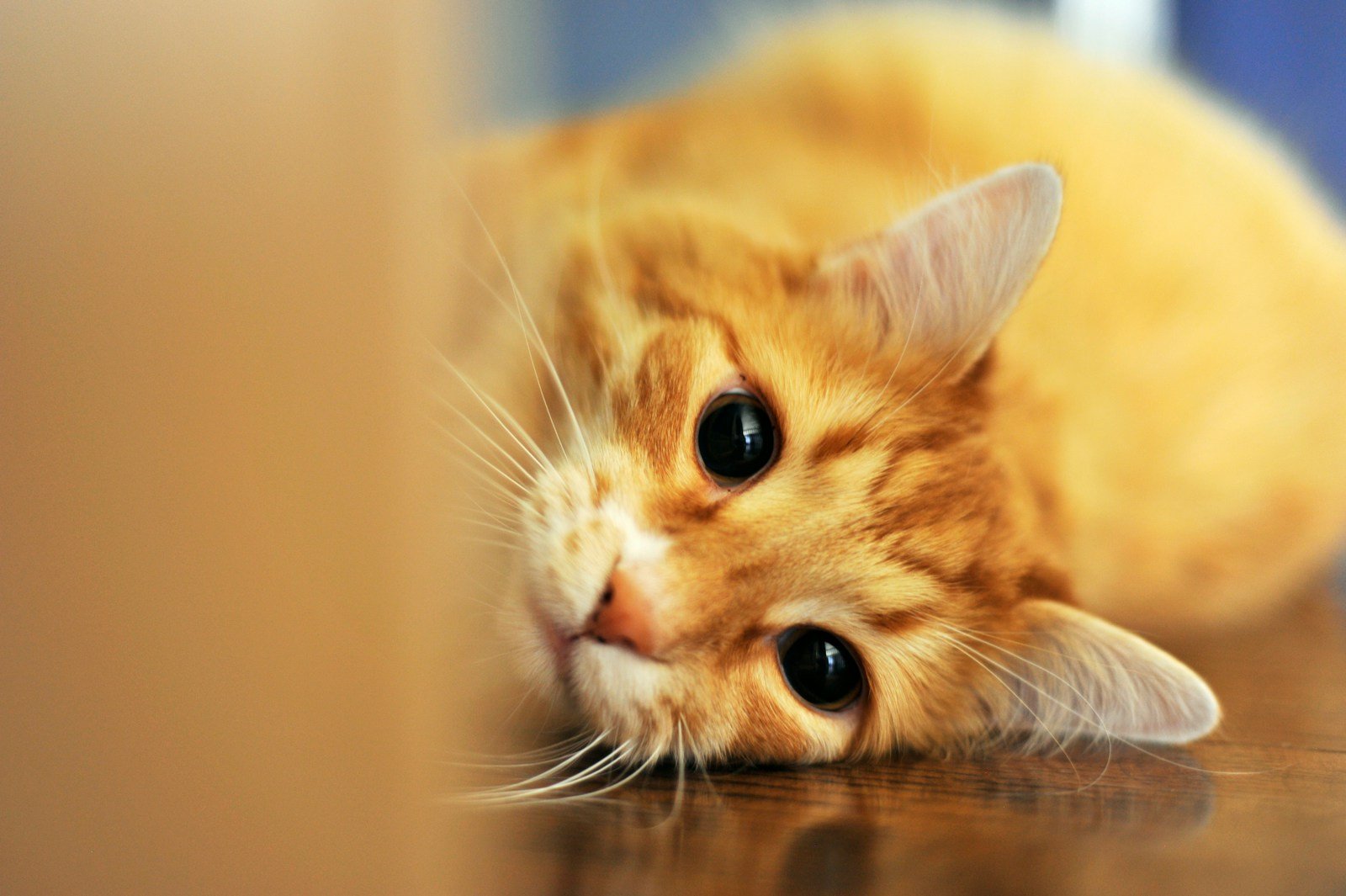
Cat fancier organizations establish the breed standards that breeders aim to meet, profoundly influencing the aesthetic priorities within cat breeding. While these standards aim to recognize and celebrate feline diversity, they also set trends that may exacerbate health issues. Organizations face the challenge of balancing tradition with evolving ethical considerations.
Laws and Regulations on Animal Breeding
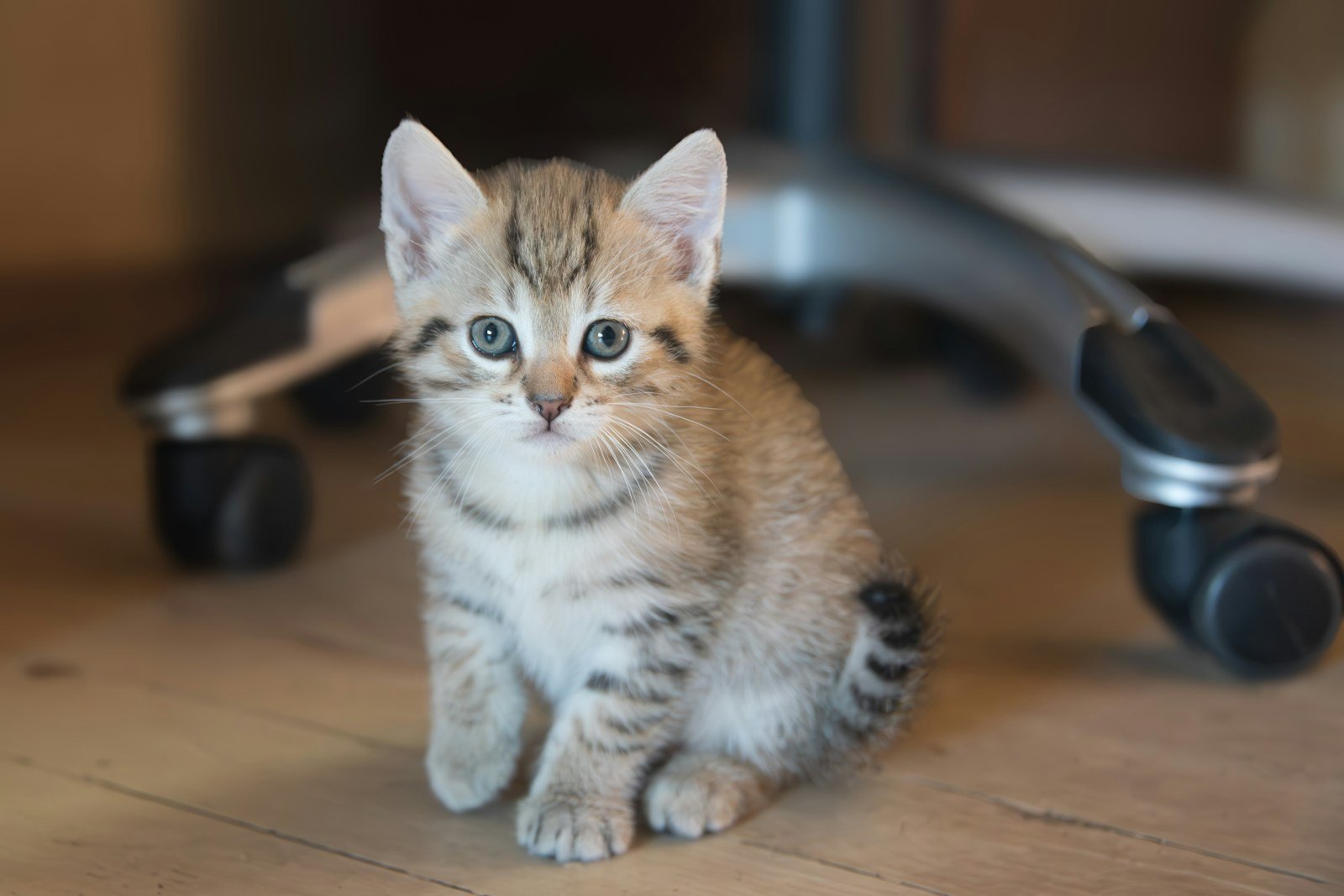
Globally, laws on animal breeding vary significantly. Some countries have introduced regulations to protect animal welfare, but few have specific laws targeting aesthetic breeding. Countries like Norway and Sweden have legislated against breeding causing unnecessary harm, which could extend to aesthetics if shown to harm animal welfare.
Public Opinion and Activism
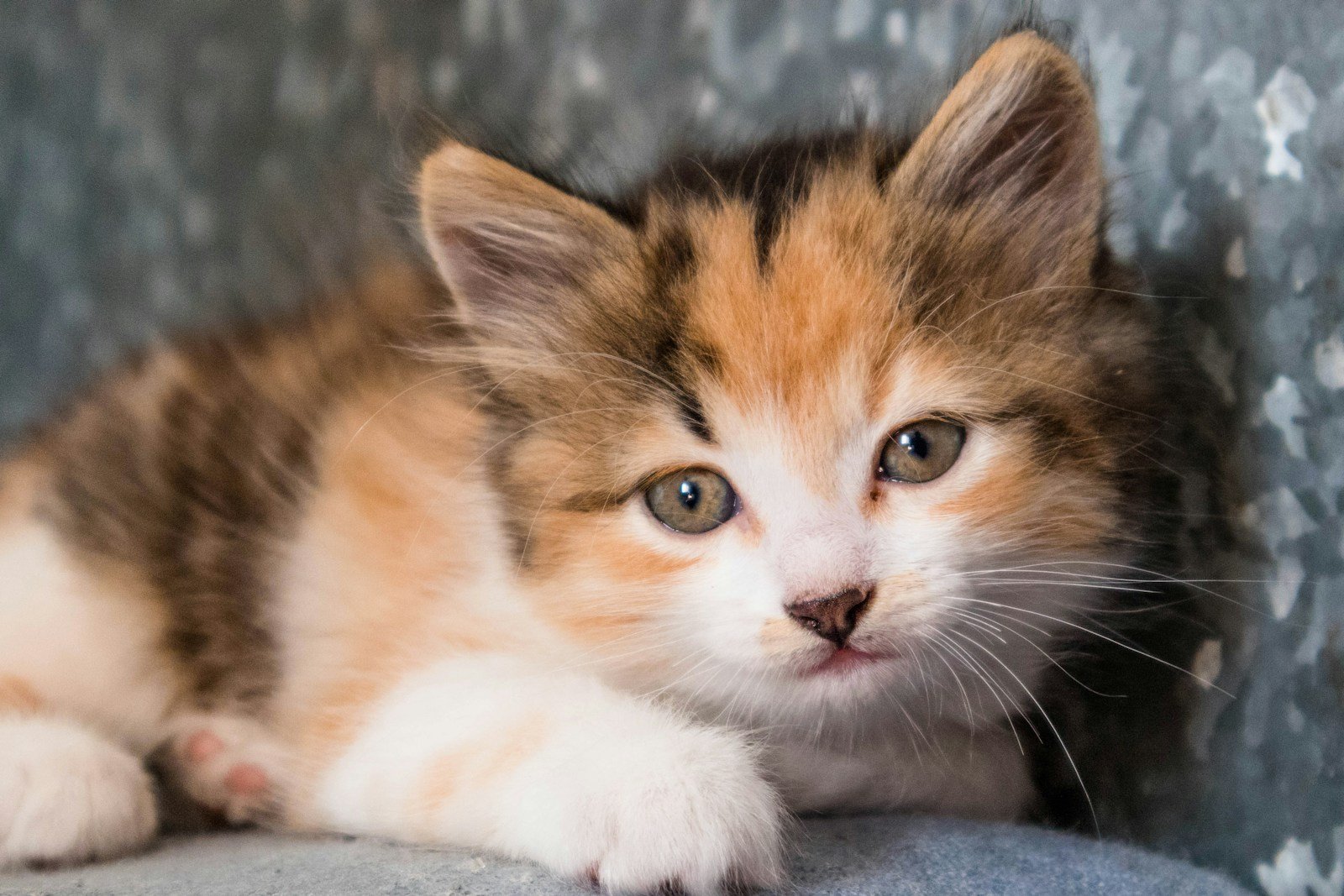
Public opinion is gradually shifting towards prioritizing animal welfare over aesthetics. Increased awareness and activism have led to calls for stricter breeding regulations. Animal rights organizations are lobbying for changes in legislation to protect animals from unethical breeding practices, highlighting both the health implications and ethical dimensions.
Potential Alternatives to Outlawing
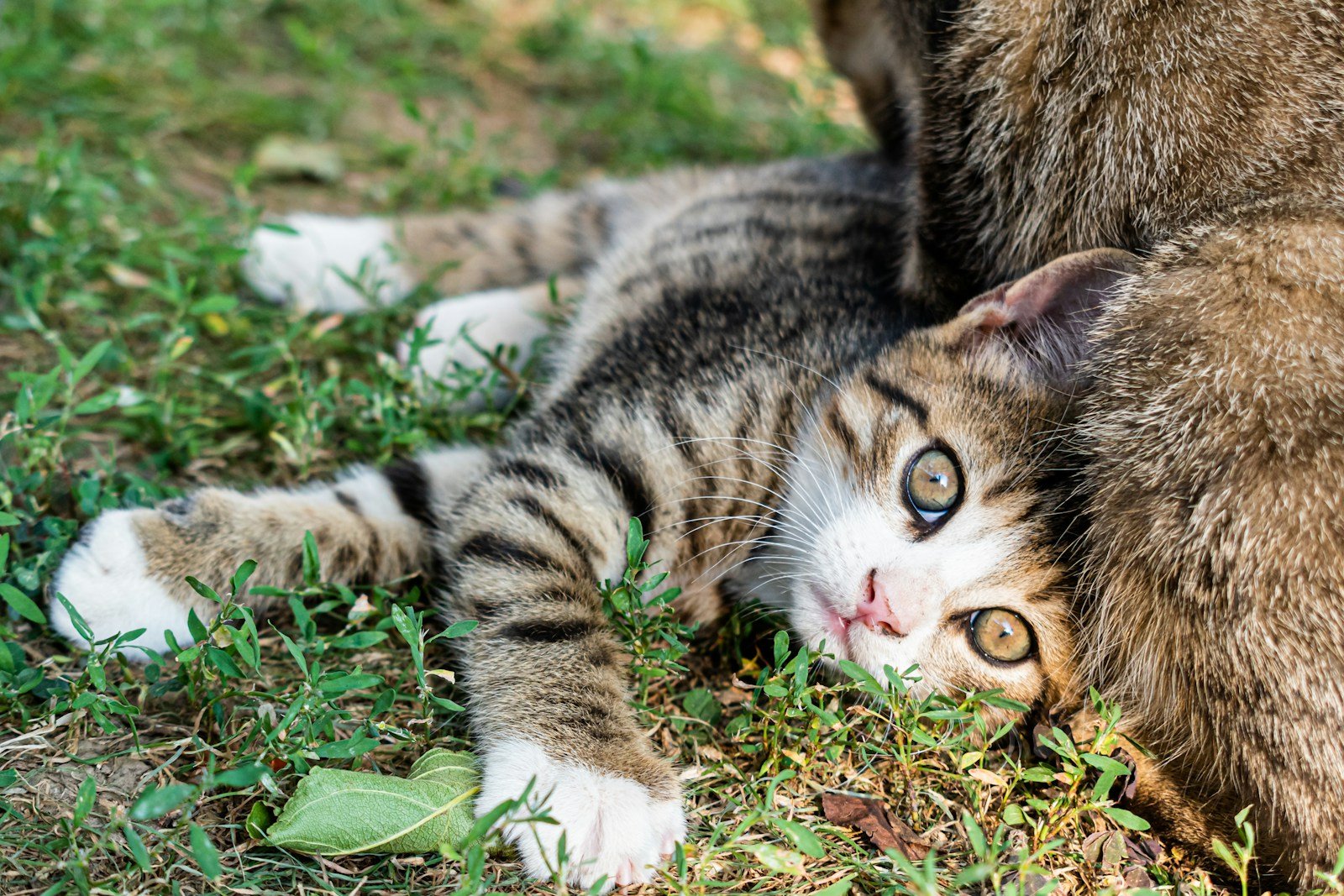
Instead of outright bans, many propose alternative solutions, such as stricter regulations on breeding practices, increased awareness campaigns, and promoting genetic screening to reduce health issues. Encouraging the adoption of mixed-breed cats from shelters is also proposed as a viable alternative to support feline well-being over aesthetics.
Conclusion
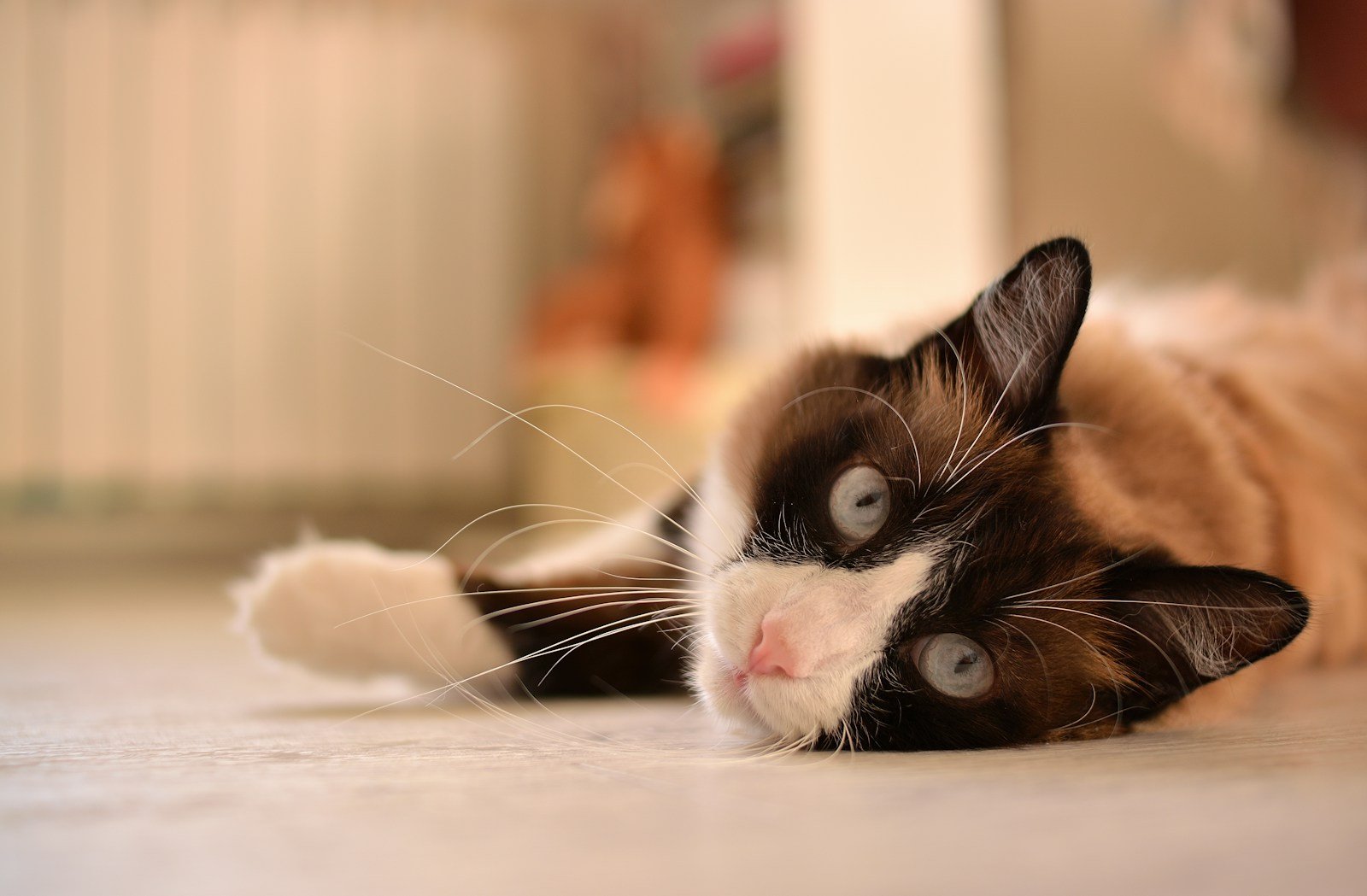
The question of whether cat breeding for aesthetics should be outlawed touches on complex interconnections between tradition, ethics, and animal welfare. While aesthetic ideals drive the popularity of certain breeds, the growing awareness of health implications demands a balanced approach. Whether through regulatory frameworks, ethical breeding practices, or public education, the future of cat breeding is poised for change as society increasingly prioritizes animal welfare.
Hi, I’m Bola, a passionate writer and creative strategist with a knack for crafting compelling content that educates, inspires, and connects. Over the years, I’ve honed my skills across various writing fields, including content creation, copywriting, online course development, and video scriptwriting.
When I’m not at my desk, you’ll find me exploring new ideas, reading books, or brainstorming creative ways to solve challenges. I believe that words have the power to transform, and I’m here to help you leverage that power for success.
Thanks for stopping by, Keep coming to this website to checkout new articles form me. You’d always love it!






